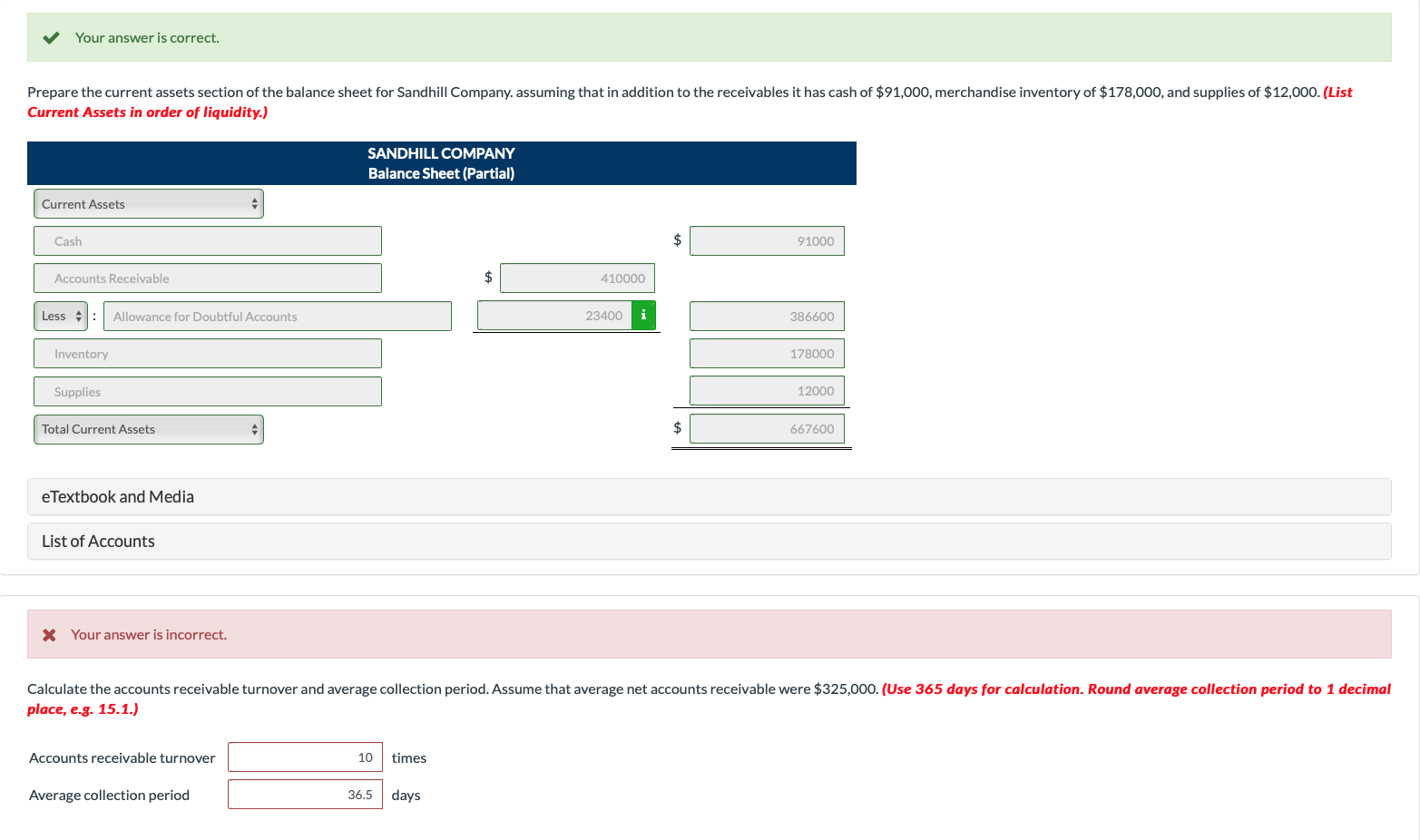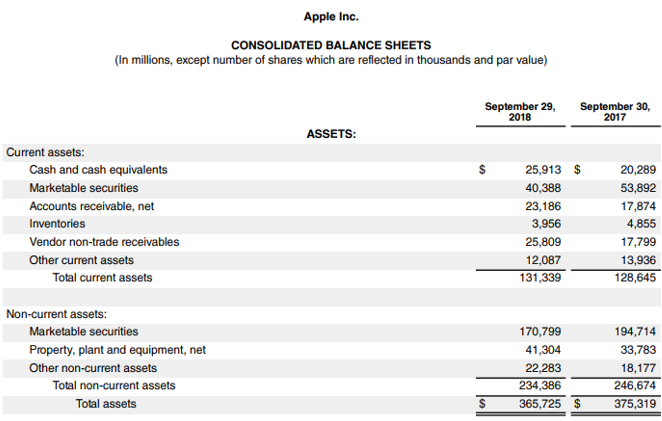What is FIFO? First In, First Out Method Explained
Accounting software offers plenty of features for organizing your inventory and costs so you can stay on top of your inventory value. It’s recommended that you use one of these accounting software options to manage your inventory and make sure you’re correctly accounting for the cost of your inventory when it is sold. This will provide a more accurate analysis of how much money you’re really making with each http://sport-history.ru/physicalculture/item/f00/s01/e0001670/index.shtml product sold out of your inventory.
Example of FIFO Method to Calculate Cost of Goods Sold
That leaves you with 500 units in our ending inventory, valued at $2 per unit. Every time a sale or purchase occurs, they are recorded in their respective ledger accounts. However, as we shall see in following sections, inventory is accounted for separately from purchases and sales through a single adjustment at the year end. To calculate the value of ending inventory using the FIFO periodic system, we first need to figure out how many inventory units are unsold at the end of the period. Here’s a summary of the purchases and sales from the first example, which we will use to calculate the ending inventory value using the FIFO periodic system.
How does deflation affect FIFO ending inventory calculation?
This article explains the use of first-in, first-out (FIFO) method in a periodic inventory system. If you want to read about its use in a perpetual inventory system, read “first-in, first-out (FIFO) method in perpetual inventory system” article. When all components of a finished product can be tracked throughout their time inventory, this method can be used. However, if all items can’t be individually tracked, then FIFO, LIFO or average cost would work best. To calculate COGS through the FIFO method, first you need to work out the cost of your old inventory. If the price you paid for that inventory fluctuates during that time period, this does need to be taken into account as well.
Understanding Just in Case Inventory: A Comprehensive Guide for Ecommerce Businesses
You should consult your own professional advisors for advice directly relating to your business or before taking action in relation to any of the content provided. Learn more about what types of businesses use FIFO, real-life examples of FIFO, and the relevance of FIFO with frequently asked questions about the FIFO method. The remaining unsold 675 sunglasses will be accounted for in “inventory”.
- In other words, the seafood company would never leave their oldest inventory sitting idle since the food could spoil, leading to losses.
- To calculate FIFO, multiply the amount of units sold by the cost of your oldest inventory.
- Should the company sell the most recent perishable good it receives, the oldest inventory items will likely go bad.
- After that sale, your ending inventory is the remaining eight shirts.
- Those are the ones that COGS considers first; thus, resulting in lower COGS and higher ending inventory.
Statements are more transparent and it’s more difficult to manipulate FIFO-based accounts to embellish the company’s financials. FIFO is required under the International Financial Reporting Standards and it’s also standard in many other jurisdictions. Using FIFO, the COGS would be $1,100 ($5 per unit for the original 100 units, plus 50 additional units bought for $12) and ending inventory value would be $240 (20 units x $24). With real-time, location-specific inventory visibility, intelligent cycle counts, and built-in checks and balances, your team can improve inventory accuracy without sacrificing operational efficiency. Ecommerce merchants can now leverage ShipBob’s WMS (the same one that powers ShipBob’s global fulfillment network) to streamline in-house inventory management and fulfillment.
Average Cost
The price of the first 10 items bought as inventory is added together if 10 units of inventory were sold. The cost of these 10 items may differ depending on the valuation method chosen. The average cost inventory valuation method uses an average cost for every inventory item when calculating COGS and ending inventory value.
This can benefit early businesses looking to get loans and funding from investors. Specific inventory tracing is an inventory valuation method that tracks the value of every individual piece of inventory. This method is usually used by businesses that sell a very small collection of highly unique products, such as art pieces. Using FIFO does not necessarily mean that all the oldest inventory has been sold first—rather, it’s used as an assumption for calculation purposes. Learn more about what FIFO is and how it’s used to decide which inventory valuation methods are the right fit for your business. The use of FIFO method is very common to compute cost of goods sold and the ending balance of inventory under both perpetual and periodic inventory systems.
A higher inventory valuation can improve a brand’s balance sheets and minimize its inventory write-offs, so using FIFO can really benefit a business financially. Cost of goods sold can be computed by using either periodic inventory formula method or earliest cost method. Key examples of products whose inventory is valued on the assumption that the goods purchased last are sold first at their original cost include food or designer fashion.
This helps keep inventory fresh and reduces inventory write-offs which increases business profitability. The biggest disadvantage to using FIFO is that you’ll likely pay more in taxes than through other methods. For some companies, there are benefits to using the LIFO method for inventory costing.
This gives you access to data on your https://sim.kz/5000-words-the-basics-of-term-papers/ business financials anywhere in the world, even on mobile, so you can feel confident that what you’re seeing is accurate and up-to-date. Spreadsheets and accounting software are limited in functionality and result in wasted administrative time when tracking and managing your inventory costs. In the case of price fluctuations, you’ll need to calculate FIFO in batches. For example, let’s say you purchased 50 items at $100 per unit and then the price went up to $110 for the next 50 units.
Average Cost Method
She has more than five years of experience working with non-profit organizations in a finance capacity. Keep up https://9e-maya.ru/article/finance/ with Michelle’s CPA career — and ultramarathoning endeavors — on LinkedIn. FIFO and LIFO are helpful tools for calculating the value of your business’s inventory and Cost of Goods Sold.





.jpeg)
.jpeg)





